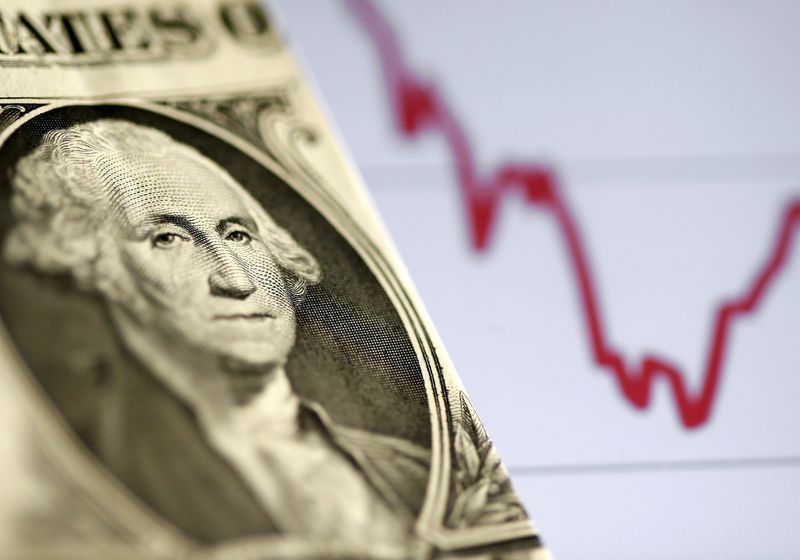A look at the day ahead in markets from Julien Ponthus.
On Friday, St. Louis Fed President James Bullard argued that the U.S. Federal Reserve is "not as far behind the curve as you might have thought".
With inflation running over 6%, the jury is out on whether last week's 50 basis point rate hike is catching up with the curve or falling woefully behind.
But while the terminal U.S. rate pricing solidifies around 3.5% in mid- 2023, only time will tell whether the Fed's aggressive plan to hike rates this year will tip the economy into recession or not.
Equally, the pace of interest rates hikes is already fuelling recession fears in Britain where the BoE warned that dealing with an inflation over 10% will have dire consequences for the economy.
In the meantime, the world must now cope with fast-rising bond yields and a surging greenback.
The dollar hit a two-decade high this morning as investors turned to their favourite safe haven as the war in Ukraine and COVID-19 lockdowns in China continued to weigh on global growth.
This morning's data showed China's export growth slowed to its weakest in almost two years.
These growth concerns may deter central banks, especially in Europe and Japan, to tighten policy in line with the Fed.
A number of currency strategists have already flagged the risk of seeing the euro go below parity with the dollar while the yen is trading towards levels unseen in about two decades.
The mood is also worsening across stock markets as the rise in yields of 'risk-free' government bonds dent the appeal of wobbly risk assets.
U.S. stocks marked their fifth consecutive weekly drop last week -- its worst run since 2011.
The Nasdaq is down about 25% from its peak in November when the 'transitory inflation' narrative was officially ditched by central bankers.

After four consecutive weekly losses, European stock markets are set to begin cash trading yet again in the red this morning.
Fed funds and dollar https://fingfx.thomsonreuters.com/gfx/mkt/lgpdwgeravo/FEd%20funds%20and%20dollar.JPG